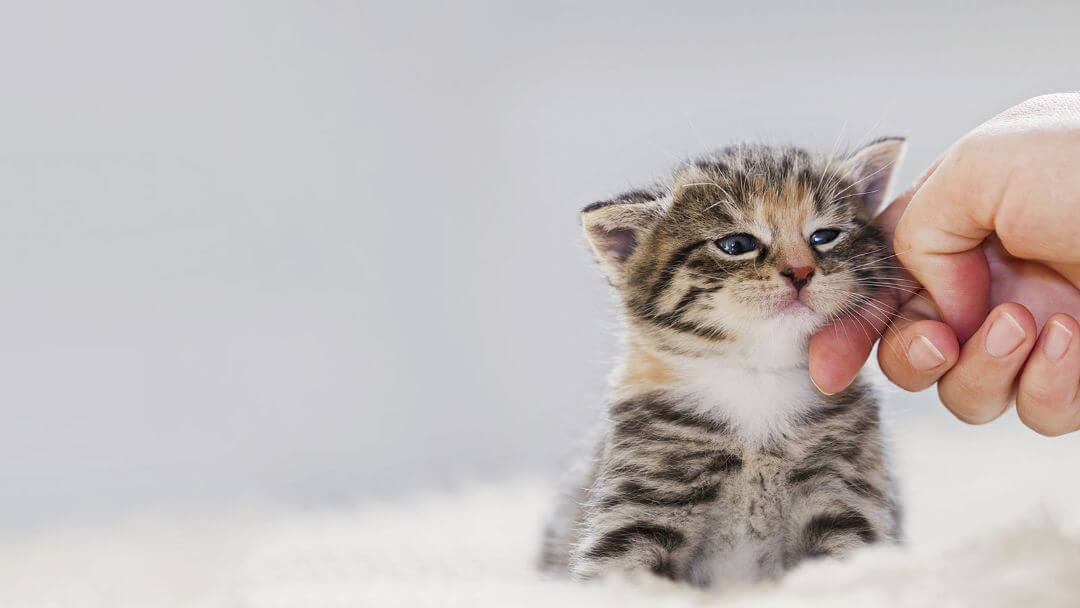Cats are beloved companions, and their happiness and well-being are of utmost importance to their owners. One crucial aspect of creating a feline-friendly home is the inclusion of a sturdy and engaging cat tree. These versatile structures provide a space for your furry friend to climb, scratch, play, and rest, all while enhancing the overall aesthetics of your living space. In this comprehensive guide, we'll explore the various factors to consider when selecting the perfect cat tree for your beloved pet.
The Anatomy of a Great Cat Tree

A well-designed cat tree is more than just a piece of furniture – it's a haven for your feline friend. Understanding the key components that make up a high-quality cat tree will help you make an informed decision.
Sturdy Construction
The foundation of a great cat tree lies in its construction. A stable and durable frame is essential to ensure your cat's safety and prevent the tree from toppling over during vigorous play. Look for cat trees with a wide, weighted base and reinforced support systems that can withstand the weight and energy of your cat.
Scratching Surfaces
Cats have a natural instinct to scratch, and providing them with appropriate surfaces is crucial to prevent damage to your furniture. Cat trees should feature a variety of scratching materials, such as sisal, cardboard, or even natural wood, to cater to your cat's individual preferences.
Elevated Platforms
Vertical space is a must-have for any feline-friendly environment. Cat trees with multiple levels and platforms allow your cat to climb, jump, and survey their kingdom, satisfying their inherent desire for height and exploration.
Perches and Hiding Spots
In addition to climbing platforms, consider cat trees that offer cozy perches and discreet hiding spots. These features give your cat a sense of security and comfort, allowing them to rest, nap, and observe their surroundings.
Plush Fabrics
While functionality is essential, the aesthetic appeal of a cat tree shouldn't be overlooked. Look for models with soft, plush fabrics that not only provide a comfortable surface for your cat but also complement the decor of your living space.
Window Power: Picking a Tree with a View
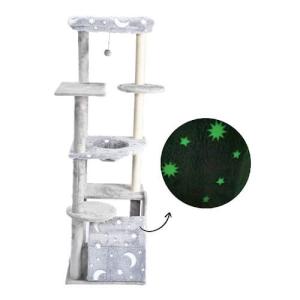
One of the most enticing features a cat tree can offer is a prime vantage point for your feline friend to observe the world around them. Positioning your cat tree near a window can provide endless hours of entertainment and enrichment for your cat.
Panoramic Views
Cats are natural-born predators, and their instinctive desire to survey their territory is strong. A cat tree with a raised platform or perch near a window allows your cat to safely observe the outdoor environment, from passing pedestrians to the flutter of birds.
Sunbathing Spot
Cats love basking in the warm rays of the sun, and a window-facing cat tree can become the perfect spot for your furry friend to soak up some vitamin D. This cozy napping spot can provide a sense of contentment and relaxation for your cat.
Watching Wildlife
For many cats, the sight of birds, squirrels, or other small animals outside the window can be endlessly captivating. A strategically placed cat tree can turn your feline's home into a front-row seat to the great outdoors, satisfying their natural curiosity and predatory instincts.
Visual Enrichment
Providing your cat with visual stimulation and a connection to the outside world can have a positive impact on their overall well-being. A window-facing cat tree can reduce stress, boredom, and destructive behaviors, as your cat remains mentally and physically engaged.
Carpet vs. Sisal: A Matter of Taste
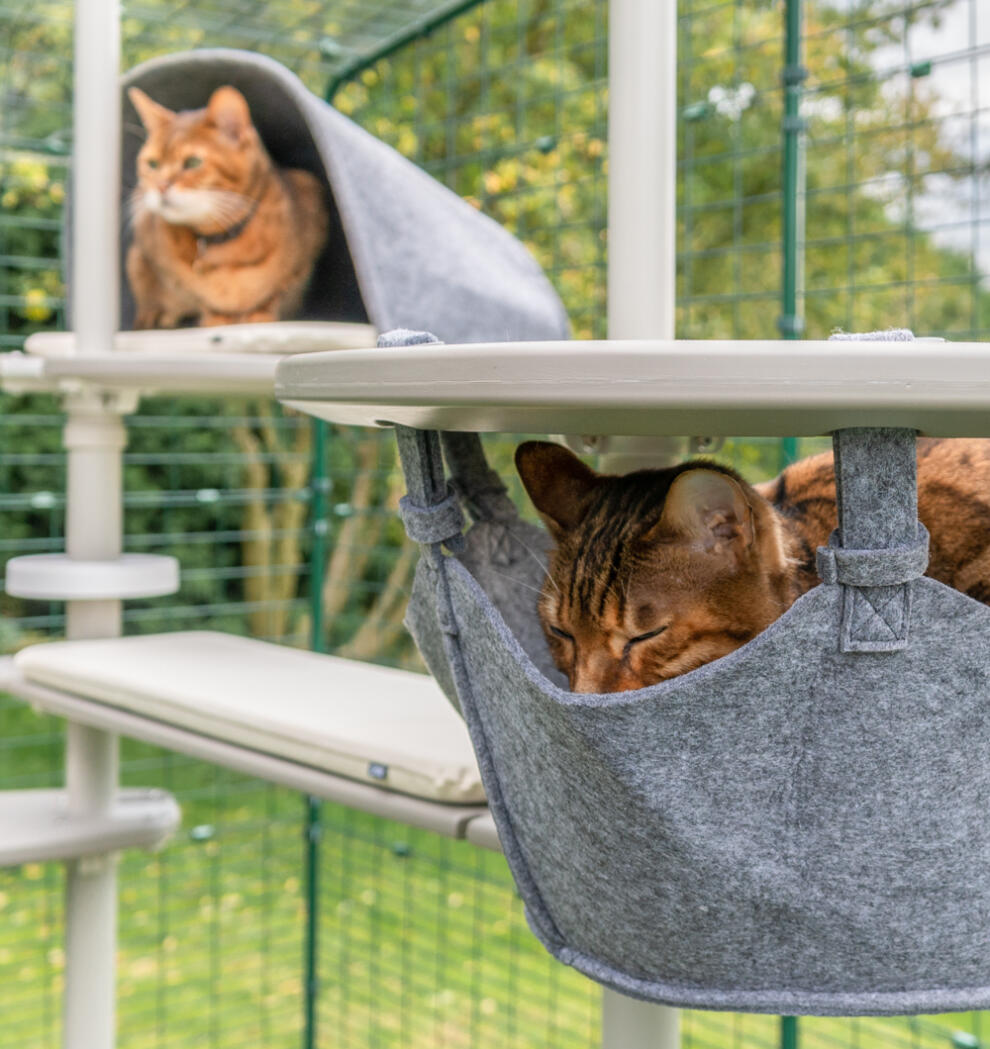
When it comes to the surface materials of a cat tree, you'll find two predominant options: carpet and sisal. Each material has its own unique advantages, and understanding the differences can help you make the best choice for your feline friend.
Carpet Covered Cat Trees
Carpet-covered cat trees offer a soft and plush surface that is gentle on your cat's paws. The fabric provides a comfortable resting spot and can be appealing to cats who enjoy a cozy and inviting environment. Additionally, carpet can be easier to clean compared to some natural fibers, making it a practical choice for pet owners.
Sisal-Wrapped Cat Trees
Sisal is a natural fiber that is highly durable and scratch-resistant. Cat trees with sisal-wrapped posts and platforms offer a more natural surface that caters to your cat's instinctive need to scratch and mark their territory. Sisal is also less likely to accumulate hair and dander, making it a popular choice for pet owners.
Combination Designs
Some cat trees feature a combination of both carpet and sisal, allowing your cat to enjoy the best of both worlds. These hybrid designs often include carpeted platforms for lounging and sisal-wrapped posts for scratching, giving your feline friend a variety of surfaces to explore and satisfy their different needs.
Choosing the Right Material
When selecting a cat tree, consider your cat's individual preferences and behaviors. If your cat is a prolific scratcher, a sisal-based tree may be the better option. Conversely, if your cat tends to prioritize comfort and relaxation, a carpet-covered tree may be more appealing. Ultimately, the choice between carpet and sisal often comes down to your cat's personal preferences and your own cleaning and maintenance preferences.
Size Matters: Matching the Tree to Your Feline

The size of the cat tree is a critical factor to consider when making your purchase. Ensuring that the tree is the right fit for your cat's size and age can make all the difference in their enjoyment and use of the structure.
Evaluating Your Cat's Needs
Begin by assessing your cat's size, both in terms of height and weight. Measure your cat from the top of their head to the floor, as well as their length from nose to tail. These measurements will help you determine the minimum height and width requirements for your cat tree.
Considering Growth and Development
If you have a kitten or a young, growing cat, it's essential to choose a cat tree that will accommodate their future size. Opt for a model that is taller and wider than your cat's current dimensions, allowing room for them to grow and explore.
Stability and Weight Capacity
The cat tree should be sturdy enough to support your feline friend's weight, both now and in the future. Check the weight capacity specifications of the tree and ensure it exceeds your cat's current weight, with some additional room for growth.
Multilevel Designs
Cats often enjoy having multiple levels to climb, perch, and play on. Look for cat trees with several platforms, ledges, and scratching posts to provide your cat with a range of activities and resting spots.
Tailoring to Your Home
Consider the available space in your home when selecting the size of the cat tree. Measure the area where you plan to place the tree and choose a model that will fit comfortably without overwhelming the room.
Location, Location, Location: The Best Spot for a Cat Tree
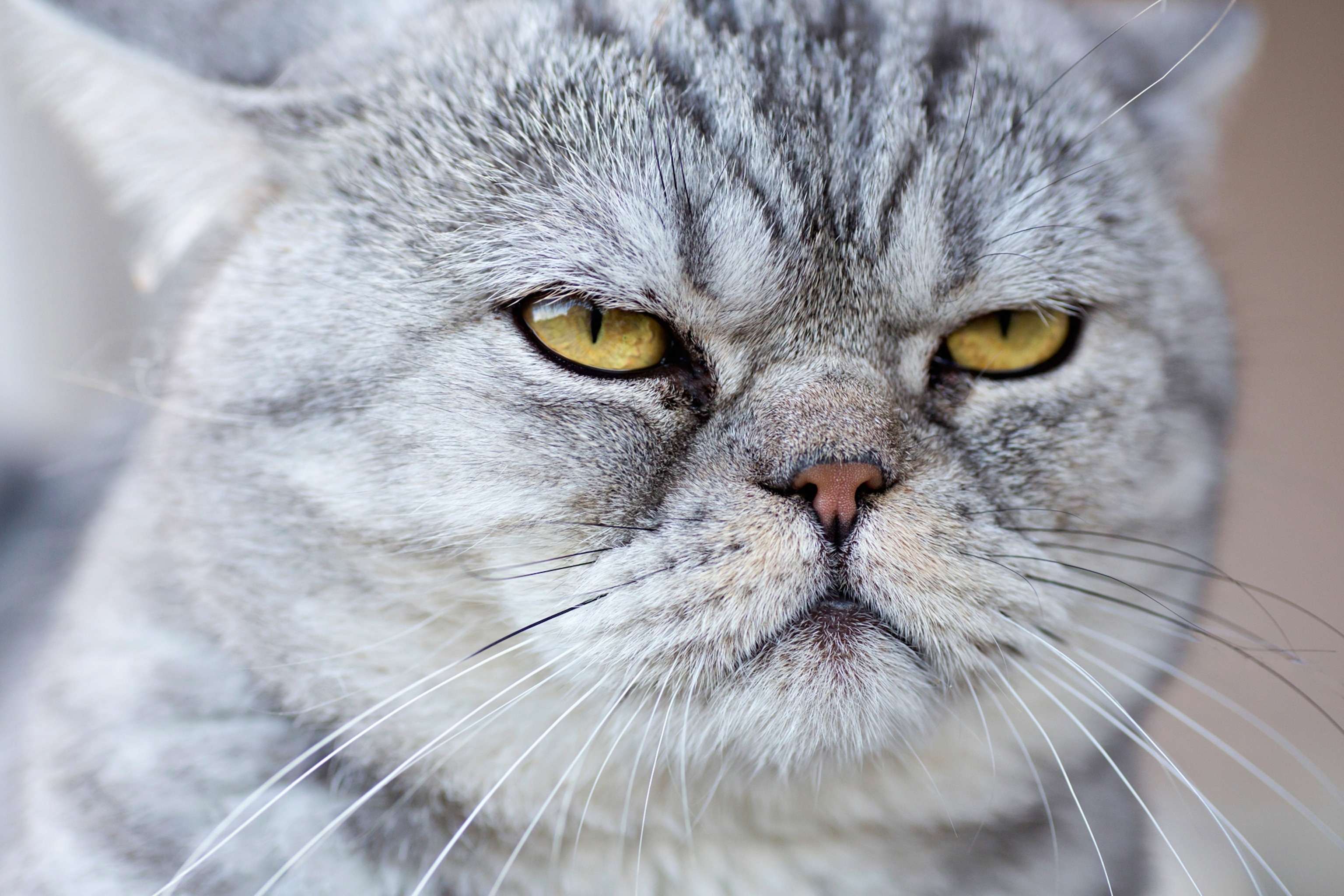
The placement of your cat tree within your home can have a significant impact on its usage and your cat's overall enjoyment.
High-Traffic Areas
Positioning the cat tree in a high-traffic area, such as near your living room or along a hallway, can encourage your cat to use it more frequently. This allows them to feel engaged with the household activity and satisfy their need for attention and interaction.
Window Views
As mentioned earlier, placing the cat tree near a window can provide your cat with endless entertainment and a prime vantage point to observe the world outside.
Quiet Corners
While high-traffic areas can be stimulating, it's also essential to provide your cat with a more secluded and peaceful spot for rest and relaxation. Consider placing a cat tree in a quiet corner or a private room to give your feline friend a sense of security and comfort.
Proximity to Resources
Strategically placing the cat tree near essential resources, such as food and water bowls or litter boxes, can make it a convenient and accessible hub for your cat's daily activities.
Minimizing Disruptions
Avoid positioning the cat tree in areas with high foot traffic or near loud appliances, as these can cause disturbances and discourage your cat from using the structure.
DIY: Building Your Own Cat Tree
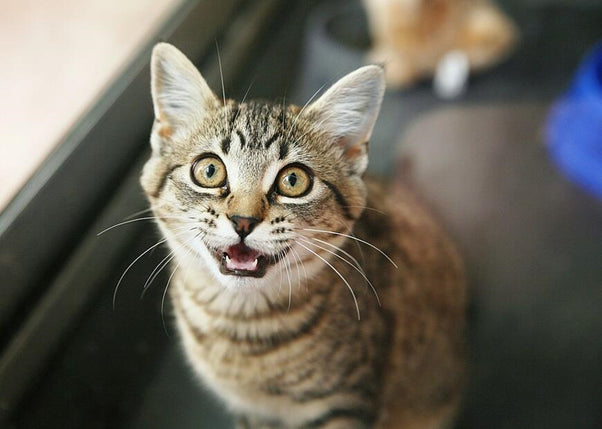
For the handy and creative cat owners, building your own custom cat tree can be a rewarding and cost-effective project. Whether you're looking to save money or design a one-of-a-kind piece that perfectly fits your cat's needs, DIY cat tree construction can be a fun and fulfilling endeavor.
Assessing Your Skills and Resources
Before embarking on a DIY cat tree project, take an honest look at your carpentry skills, tools, and available workspace. Determine if you have the necessary skills and resources to tackle the construction, or if it might be better to purchase a pre-made option.
Planning the Design
Start by sketching out your desired cat tree design, taking into account your cat's size, activity levels, and preferences. Consider the size, number of levels, scratching surfaces, and any additional features you'd like to incorporate.
Sourcing Materials
Commonly used materials for DIY cat trees include wood, sisal rope, carpet, and other sturdy fabrics. Research local hardware stores or online retailers to find the best supplies for your project, ensuring they meet safety and durability standards.
Step-by-Step Construction
Refer to online tutorials, DIY guides, or seek advice from experienced woodworkers to guide you through the construction process. Pay close attention to the structural integrity of the frame and the stability of the platforms to ensure your cat's safety.
Personalization and Finishing Touches
Once the basic structure is complete, you can add your own personal touches, such as unique shapes, colors, or integrated toys and perches. This is your chance to create a truly one-of-a-kind cat tree that reflects your cat's personality and your own design aesthetic.
Safety Standards: Ensuring Your Cat's Tree is a Safe Haven
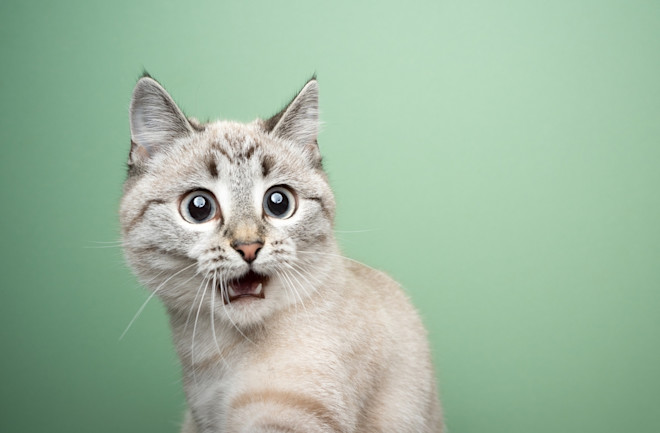
When it comes to your cat's well-being, safety should be the top priority when selecting or constructing a cat tree. Ensuring that the tree meets certain safety standards can give you peace of mind and provide a secure environment for your feline friend.
Sturdy Construction
As mentioned earlier, a stable and well-built frame is essential. Look for cat trees with a wide, weighted base and reinforced support systems to prevent tipping or collapsing during use.
Secure Platforms and Perches
All platforms and perches should be firmly attached to the main structure, with no loose or wobbly components that could pose a safety hazard.
Appropriate Scratching Surfaces
The scratching posts and pads should be securely affixed to the tree, preventing any loose or protruding elements that could snag or injure your cat.
Non-Toxic Materials
Ensure that the materials used in the cat tree, such as wood, fabrics, and adhesives, are non-toxic and safe for cats. Avoid any chemicals or finishes that could be harmful if ingested.
Ongoing Maintenance
Regularly inspect your cat tree for any signs of wear, tear, or loose components. Tighten any loose screws or bolts and replace any damaged parts to maintain the structural integrity of the tree.
Extra Features: The Perks of a Well-Equipped Cat Tree
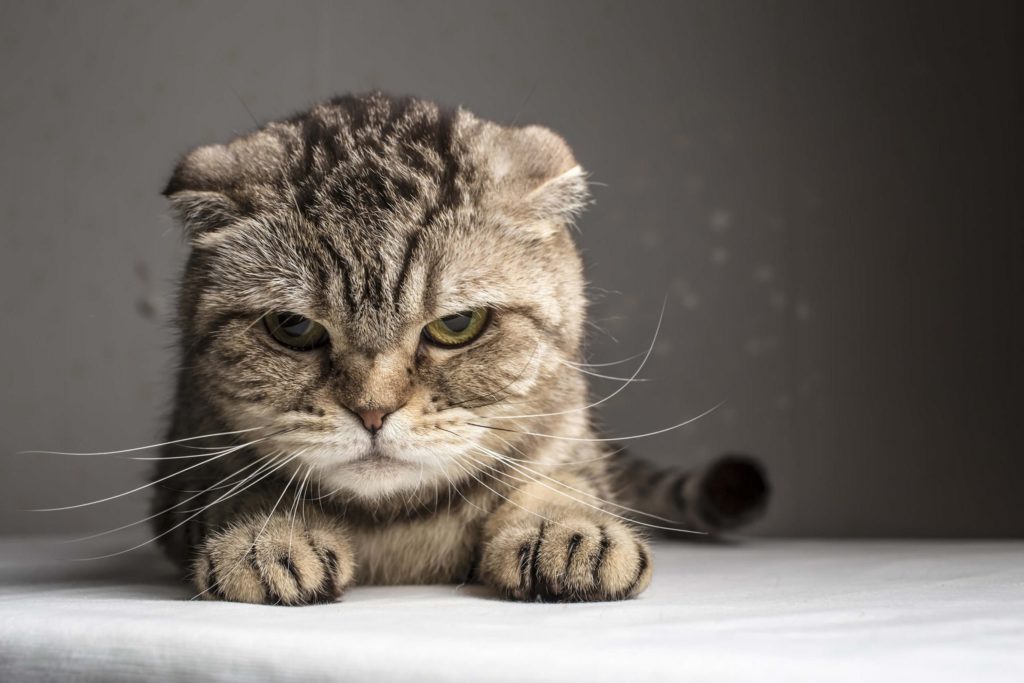
While the basic elements of a cat tree are essential, some models offer additional features that can enhance your cat's experience and your own enjoyment of the product.
Integrated Toys and Accessories
Look for cat trees that incorporate interactive toys, such as dangling feathers, balls, or even motorized chase toys. These features can keep your cat engaged and mentally stimulated.
Elevated Hiding Spots
Enclosed or partially enclosed platforms can provide your cat with a cozy and secure hiding spot, satisfying their natural instinct to seek out safe, elevated resting areas.
Removable and Washable Covers
For easy cleaning and maintenance, consider cat trees with removable and machine-washable covers or fabrics. This can help keep the tree looking and smelling fresh.
Multi-Cat Compatibility
If you have multiple feline companions, look for cat trees designed to accommodate more than one cat simultaneously, allowing them to play, scratch, and rest together.
Aesthetic Appeal
While functionality is essential, the visual appeal of the cat tree can also be an important factor, especially if it's going to be a prominent feature in your living space. Look for designs that complement your home's decor and blend seamlessly with your existing furniture.
Budgeting for the Purrfect Tree
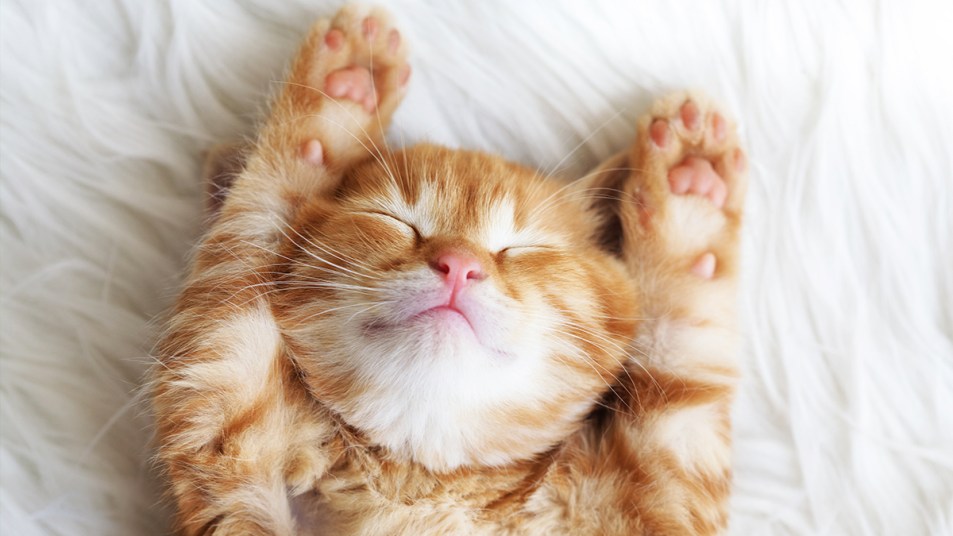
Investing in a high-quality cat tree is an important decision, and it's essential to consider the financial aspect of this purchase. By understanding the range of prices and the factors that influence the cost, you can make an informed decision that fits within your budget.
Price Ranges
Cat trees can vary greatly in price, from budget-friendly options under $50 to high-end, luxury models that can cost hundreds of dollars. The size, materials, and additional features are the primary drivers of the price tag.
Factors Affecting Cost
The size and number of levels, the quality of the construction materials, the inclusion of specialized features (such as integrated toys or perches), and the brand reputation can all impact the overall cost of a cat tree.
Balancing Quality and Budget
While it may be tempting to opt for the most affordable option, consider investing in a higher-quality cat tree that will provide a safe, durable, and long-lasting experience for your cat. Cheaper models may not offer the same level of stability, scratch resistance, or overall craftsmanship.
Exploring Sales and Discounts
Keep an eye out for sales, seasonal promotions, and discounts, which can help you find the perfect cat tree at a more affordable price. Online retailers and pet supply stores often offer periodic deals and sales throughout the year.
Considering the Long-Term Investment
When budgeting for a cat tree, think about the long-term use and enjoyment your cat will get from the purchase. A well-made, durable cat tree can provide years of playtime, exercise, and relaxation for your feline friend, making it a worthwhile investment in their overall well-being.
Reviews: Real Cat Owners Share Their Tree Tales
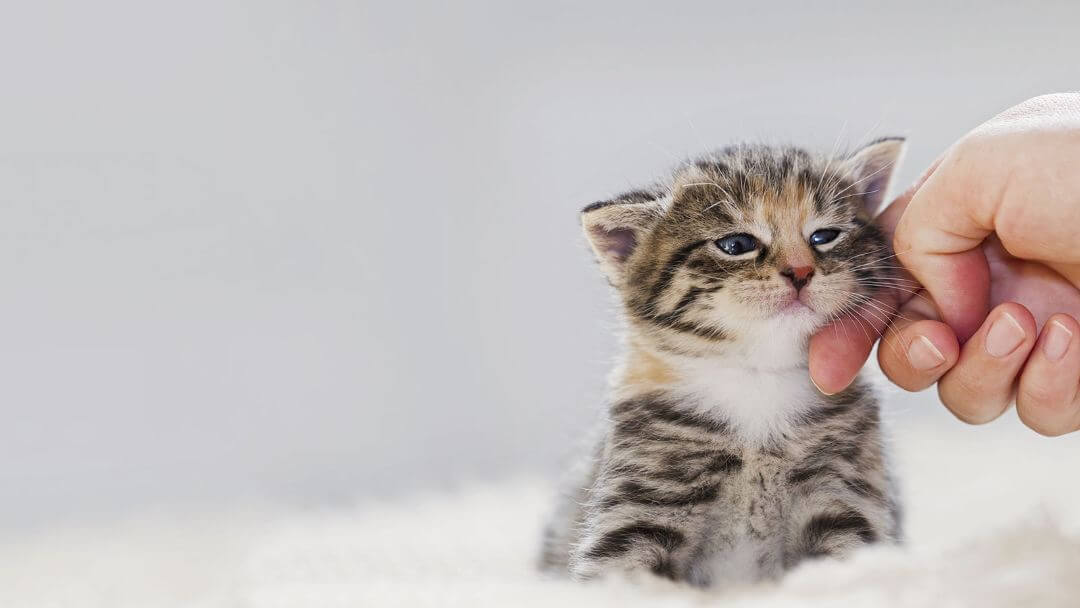
To get a better understanding of the real-world experience with cat trees, it's helpful to listen to the insights and recommendations of fellow cat owners who have already made their purchases.
Positive Experiences
Many cat owners rave about the benefits of their cat trees, praising the sturdy construction, the versatility of features, and the overall satisfaction of their feline companions. These glowing reviews can provide valuable insights into the qualities to look for in a high-quality cat tree.
Cautionary Tales
On the flip side, some cat owners have shared their experiences with less-than-ideal cat trees, highlighting issues such as poor stability, easily scratched surfaces, or features that didn't quite meet their cat's needs. These reviews can help you avoid potential pitfalls and identify the red flags to watch out for when making your purchase.
Addressing Specific Concerns
When reading reviews, pay close attention to any concerns or problems that align with your own cat's unique personality and needs. This can help you make a more informed decision and ensure that the cat tree you choose is a perfect fit for your furry friend.
The Power of Community Insights
Engaging with fellow cat owners, either through online forums, social media groups, or local pet stores, can provide invaluable insights and recommendations. Tapping into the collective wisdom of the cat-loving community can significantly enhance your understanding of the cat tree market and help you make the best choice for your feline companion.
Conclusion
Choosing the perfect cat tree for your furry friend is a journey of careful consideration and research. By understanding the key factors, such as size, stability, materials, and placement, you can ensure that your cat's new tree is a safe, engaging, and aesthetically pleasing addition to your home. Whether you opt for a pre-made model or decide to tackle a DIY project, the ultimate goal is to provide your cat with a haven that caters to their natural instincts and enhances their overall well-being.
Remember, every cat is unique, and their preferences may vary. Be open to trying different options and paying attention to your cat's reactions to find the perfect cat tree that will become their new favorite spot to climb, scratch, play, and rest. With the right cat tree, you can create a feline-friendly environment that brings joy, comfort, and enrichment to your beloved companion.


